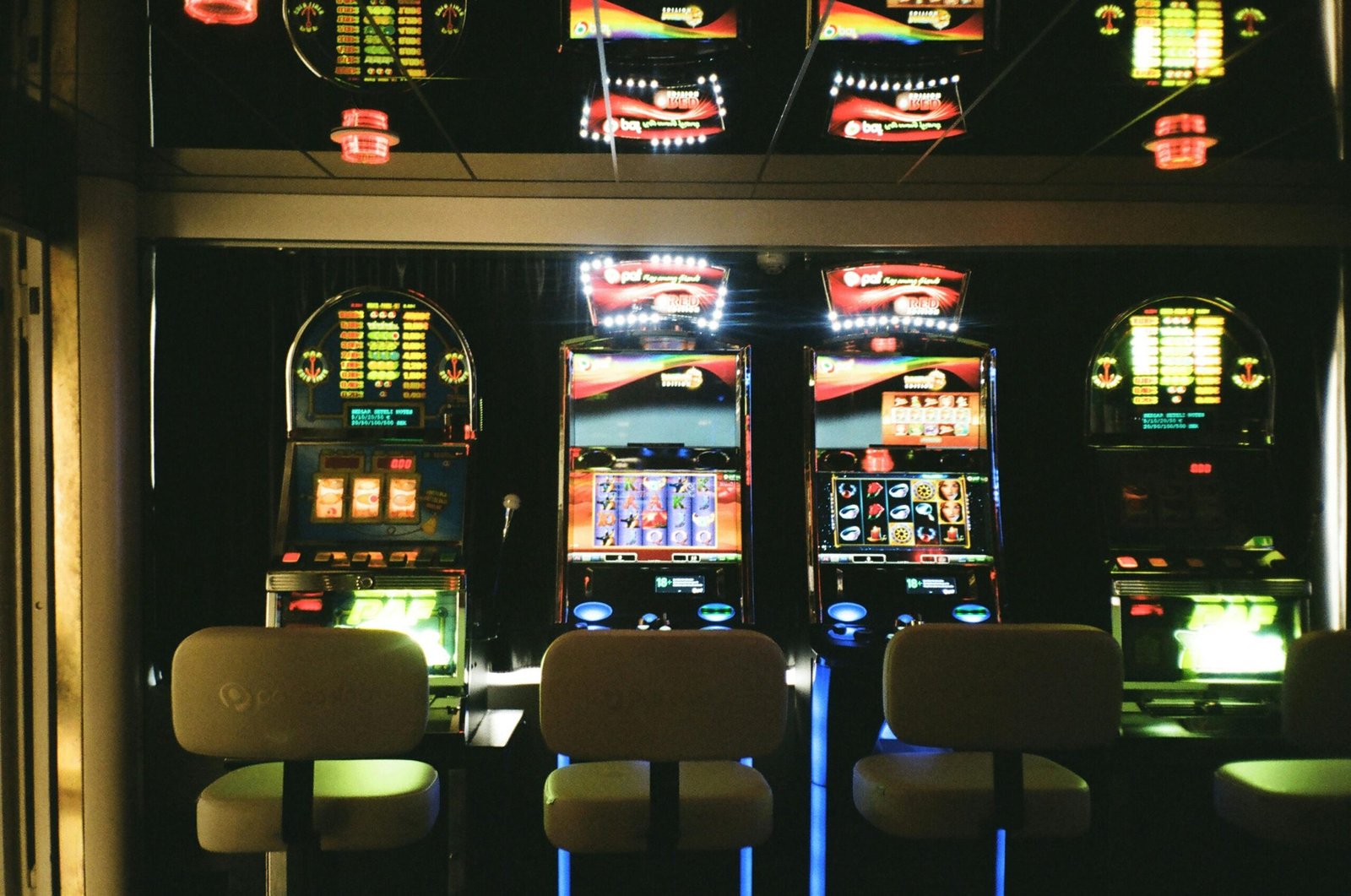People often focus on themes, bonus features, or jackpots when talking about online slot games. However, the Return to Player (RTP) percentage is one of the most critical factors. RTP can have a big impact on your gaming experience and success.
Knowing how RTP works helps you make better choices, have more fun, and extend your gaming budget.
What is RTP? A Simple Explanation
RTP stands for Return to Player. It plays a significant role in shaping a satisfying Online Jackpot Experience, as it informs players how much they might expect to receive back over extended play. For example, a slot with an RTP of 96% means that for every $100 wagered, the game is programmed to return $96 over a long period. The remaining $4 represents the casino’s profit.
While RTP doesn’t guarantee immediate wins, it offers valuable insight, especially for those chasing larger jackpots or engaging in other games with substantial payouts. Understanding RTP can be beneficial when comparing slot games and their potential returns.
It’s important to remember that RTP reflects a long-term average. This means you may win or lose more than the stated RTP in a single session. But over hundreds or thousands of spins, the game’s payout should align with this percentage.
How RTP Impacts Your Game Experience
RTP directly affects the odds of a game. Slots with higher RTPs typically offer better long-term chances of winning. Games with an RTP of 97% or higher are considered player-friendly. These slots allow you to play longer, with more money being returned over time. This makes them a good choice for casual players who want to enjoy extended sessions without losing funds too quickly.
However, not all high-RTP games guarantee frequent wins. Some offer small, steady returns over time, while others provide rare but larger payouts. In contrast, low-RTP games generally favor the casino more. These tend to be higher-risk and may appeal to players chasing big jackpots.
Although there’s more excitement, the house edge is larger, meaning the chances of losing more quickly are greater. Players should pick games based on their risk tolerance and long-term goals.
RTP and House Edge
RTP and House Edge are closely linked but focus on different perspectives. RTP refers to how much money players can expect to get back, while House Edge shows how much the casino expects to keep.
For example, if a game has an RTP of 95%, the house edge is 5%. Essentially, this tells you that for every $100 wagered, the casino expects to keep $5, while $95 is returned to players over time.
Knowing both these figures helps you make more informed decisions. A lower house edge means a game is more favorable to players, as more wager goes back to the players.
However, it’s important to remember that even high-RTP games have a house edge. Over time, the casino will always make a profit, which is why RTP doesn’t guarantee individual wins. Instead, it’s a tool to help manage expectations.
RTP and Volatility
RTP often gets mentioned alongside volatility, but they mean different things. Volatility measures how frequently and how much a slot pays out. High-volatility slots can have long, dry spells but may offer massive wins when they pay out. Low-volatility slots pay smaller, more frequent amounts. RTP tells you how much you can expect to win back over time, while volatility affects how often and big the wins will be.
If you prefer steady wins and longer play sessions, a high-RTP, low-volatility game might be your best option. These games give you consistent, though smaller, payouts, allowing you to keep playing longer.
On the other hand, if you’re chasing bigger wins and don’t mind the risk, a high-volatility game with a slightly lower RTP could be more exciting. Understanding both RTP and volatility allows you to find a balance that suits your playstyle.
Budget Management with RTP in Mind
Being aware of RTP is especially useful when managing your budget. If you know a game’s RTP, you can make more educated guesses about how long your bankroll will last. For instance, a slot with a 96% RTP means you might get $96 back for every $100 wagered—over time, of course.
Slots with higher RTPs are easier on your budget as they return more money in the long run. Conversely, lower-RTP games can quickly deplete your funds, especially if they’re also high in volatility.
Choosing games with an RTP that matches your goals allows you to play longer and enjoy the experience without breaking the bank. This understanding helps you tailor your approach based on your budget and risk tolerance.
Wrapping Up
RTP percentages are crucial in online slot games, and understanding them can significantly improve your gaming experience. They provide insight into the long-term performance of a game, help you manage your bankroll, and give you a better idea of what to expect. While RTP doesn’t guarantee short-term success, it’s an invaluable tool for long-term strategy and planning.

